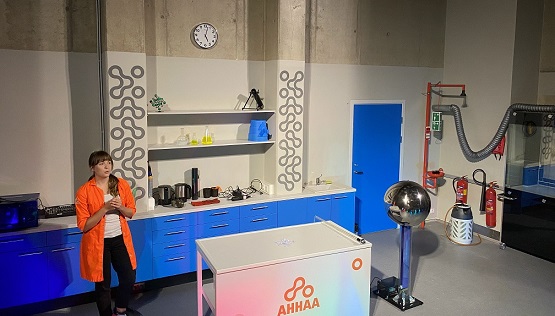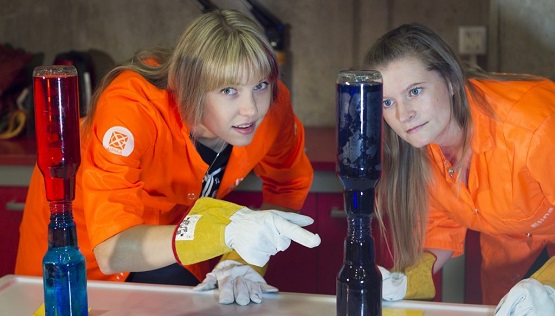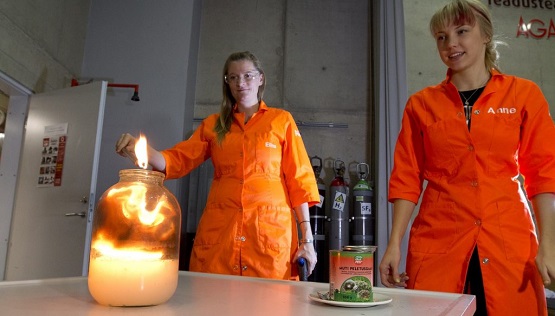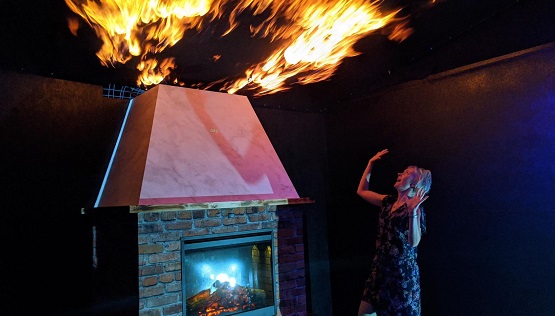- Home REN
- Home
-
Shop
-
Industries
- Processes
- Gases and Equipment
-
Services
-
Safety
-
Contact & Support
-
News & Media
- Agent Finder












